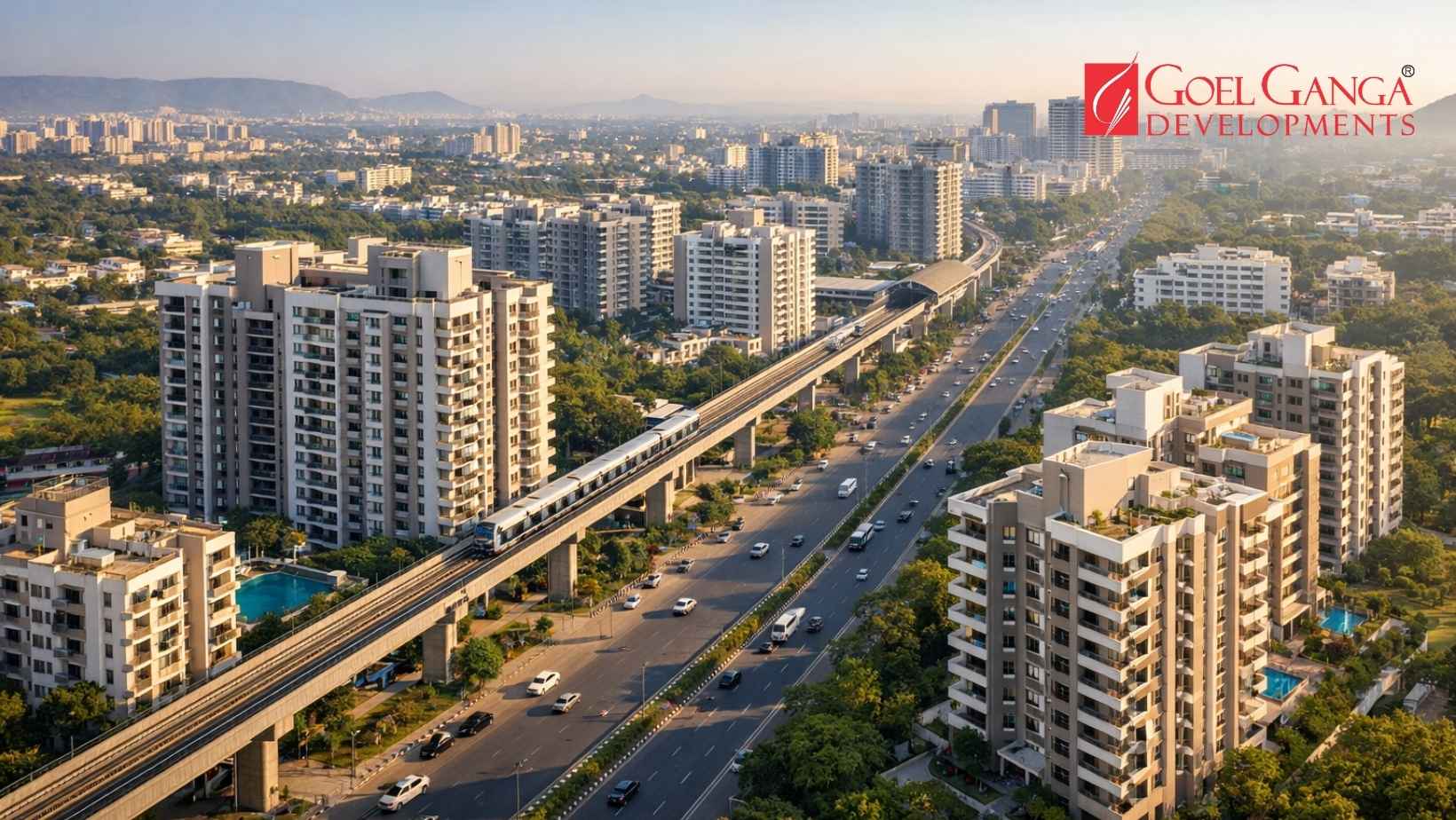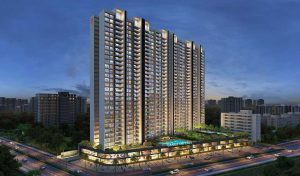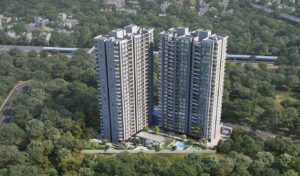‘Spill-over effect’ also known as ‘spill-over demand’ is a term commonly used by investment professionals and marketing analysts. It refers to how specific events or series of events in one market segment, affect other areas. The concept is vital and at the core of every real estate developer’ strategy.
In the real estate industry, spill-over effect specifically refers to the spreading of demand for properties, from localities nearing-saturation in terms of development and price growth, to adjoining areas.
Initially a certain area flourishes due to ample land supply, justifying the affordability of the properties. However, as time goes on, it loses its appeal due to a number of factors; as land becomes scarce and expensive, developers start charging higher rates from customers, in order to recover an increase in capital investment.
Therefore, if nearby locations present developers and buyers with the same advantages that the ‘parent’ locality has lost over time, they begin to grow. The new area is able to offer comparative advantage, at a much lower cost, attracting huge demand. This is called spill-over demand.
A number of localities in Pune serve as examples of this phenomenon. Baner came to light because of the spill-over demand from Hinjewadi and Wakad absorbed demand from Baner.
Similary, when Kharadi reached its saturation, the spill-over was absorbed by Wagholi. Again, Dhanori has taken care of the spill-over demand from Viman Nagar. In all these cases, robust infrastructure has supported the growth of the fledgling locales.
Speaking of which, Ganga Niwas by Goyal Ganga Developments is a project offering 1 BHK homes for sale in Dhanori, Pune.










